Have you ever wondered why some creatures seem to play by rules so wild, they make the most twisted love stories look tame? Imagine sharing a romantic dinner—only you are the main course. For many insects, this is not a horror movie scenario, but a matter of survival and legacy. The world of mate-eating, or sexual cannibalism, is as fascinating as it is brutal, with evolution shaping behaviors that seem shocking to us but make perfect sense in the battle for survival. Let’s dive into this bizarre universe where love bites—literally.
The Notorious Black Widow: A Deadly Reputation
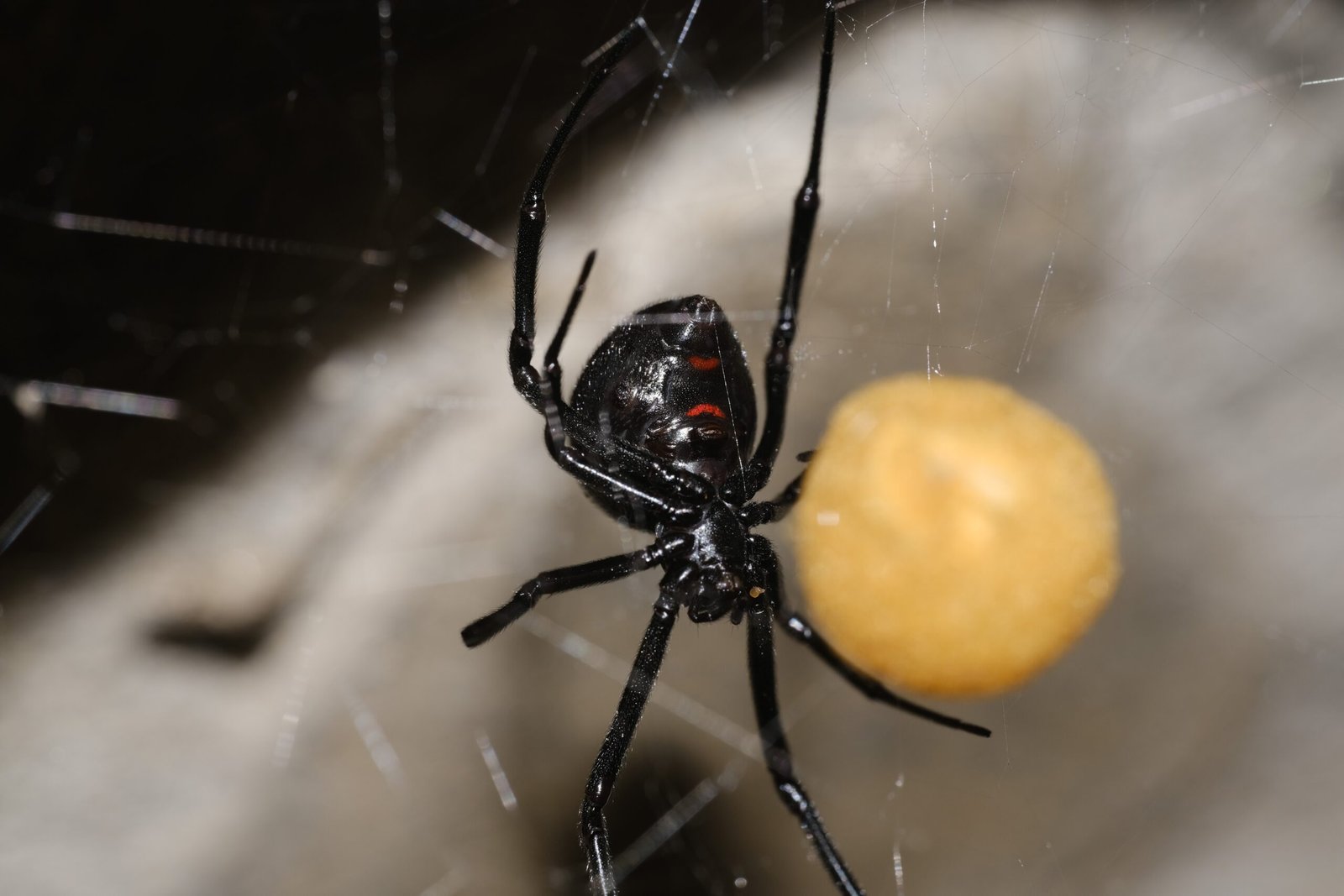
When people think of insects that eat their mates, the black widow spider often leaps to mind. The female black widow’s reputation is legendary, and for good reason: after mating, she sometimes devours her partner. The male, often much smaller, may approach cautiously, but once he’s fulfilled his evolutionary duty, he’s at risk of becoming dinner. This gruesome act isn’t just random violence. Scientists believe it’s a way for the female to gain extra nutrients that help her produce healthier eggs. Evolution, in this case, seems to favor females who recycle their mates into future generations.
Praying Mantises: Masters of the Ambush
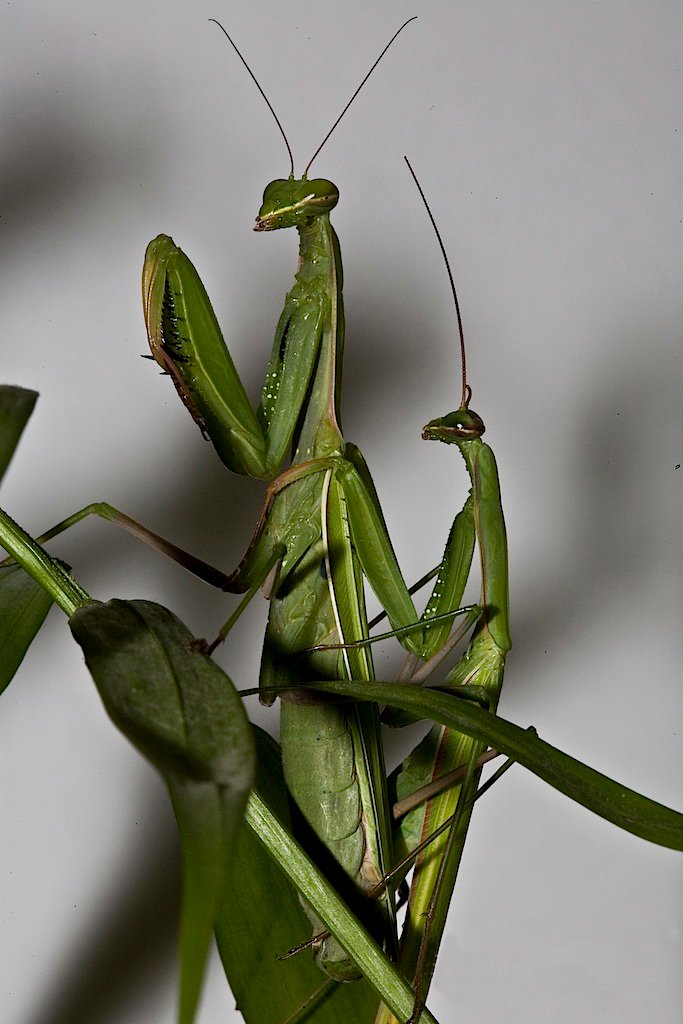
The praying mantis is another infamous example. Often, the female will bite off the male’s head during or after mating, but the story doesn’t end there. Astonishingly, the male’s body continues to mate, driven by nerve clusters in his abdomen. This bizarre phenomenon means the female gets both fertilization and a hearty meal. Researchers think this strategy benefits both: the female gains strength for egg-laying, and the male, through his sacrifice, ensures his genes are passed on more effectively—talk about dedication!
Australian Redback Spiders: Willing Victims
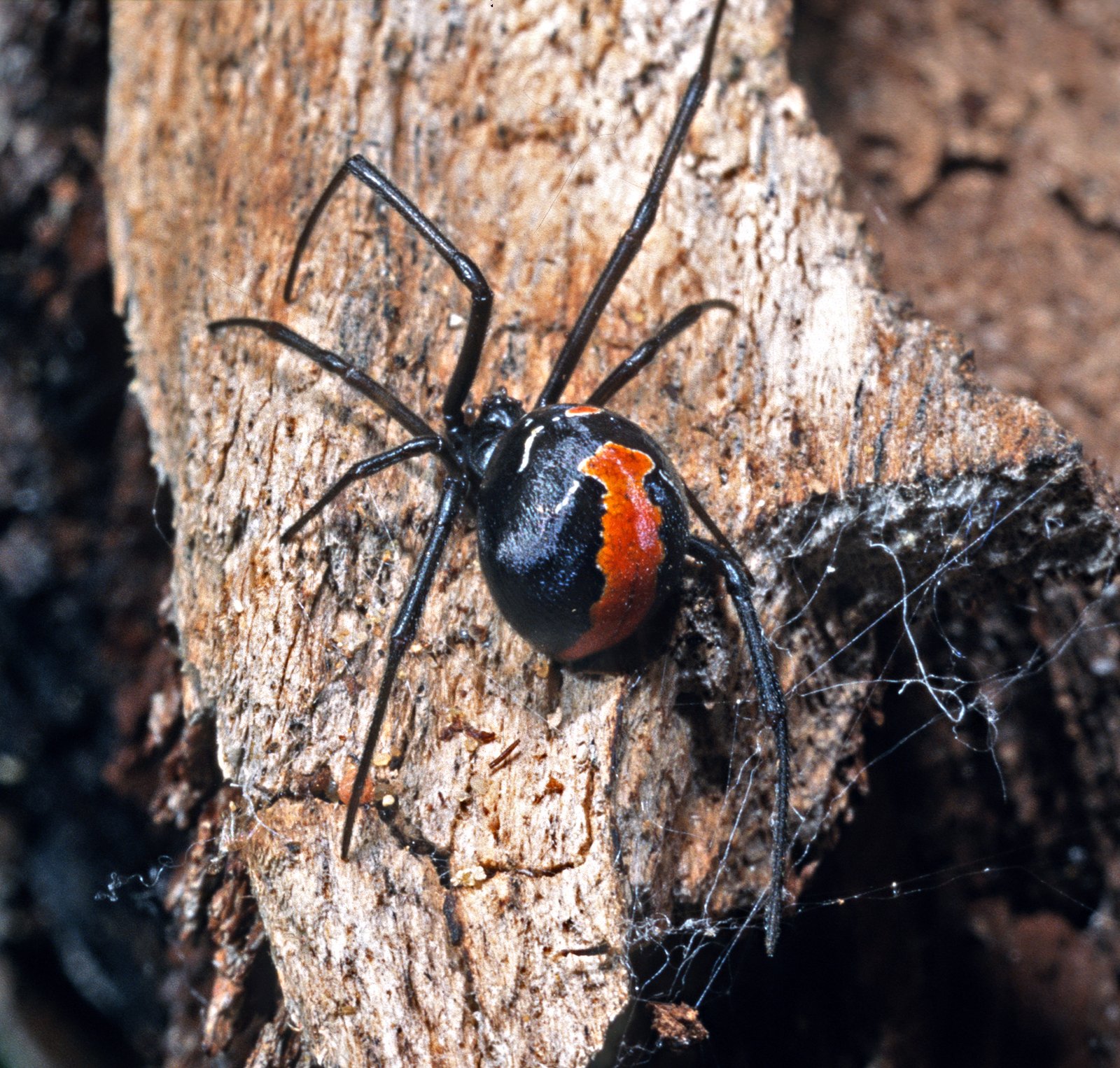
Australian redback males sometimes take mate sacrifice to the next level by offering themselves up. During mating, the male somersaults onto the female’s mouthparts, almost begging to be eaten. This isn’t insect madness; it’s evolution at its most cunning. Studies show that cannibalized males actually father more offspring, as the female is less likely to mate again after her feast. By becoming a meal, the male increases his odds of paternity. It’s a strange but effective evolutionary trade.
Orb-Weaving Spiders: Love on a Web of Danger
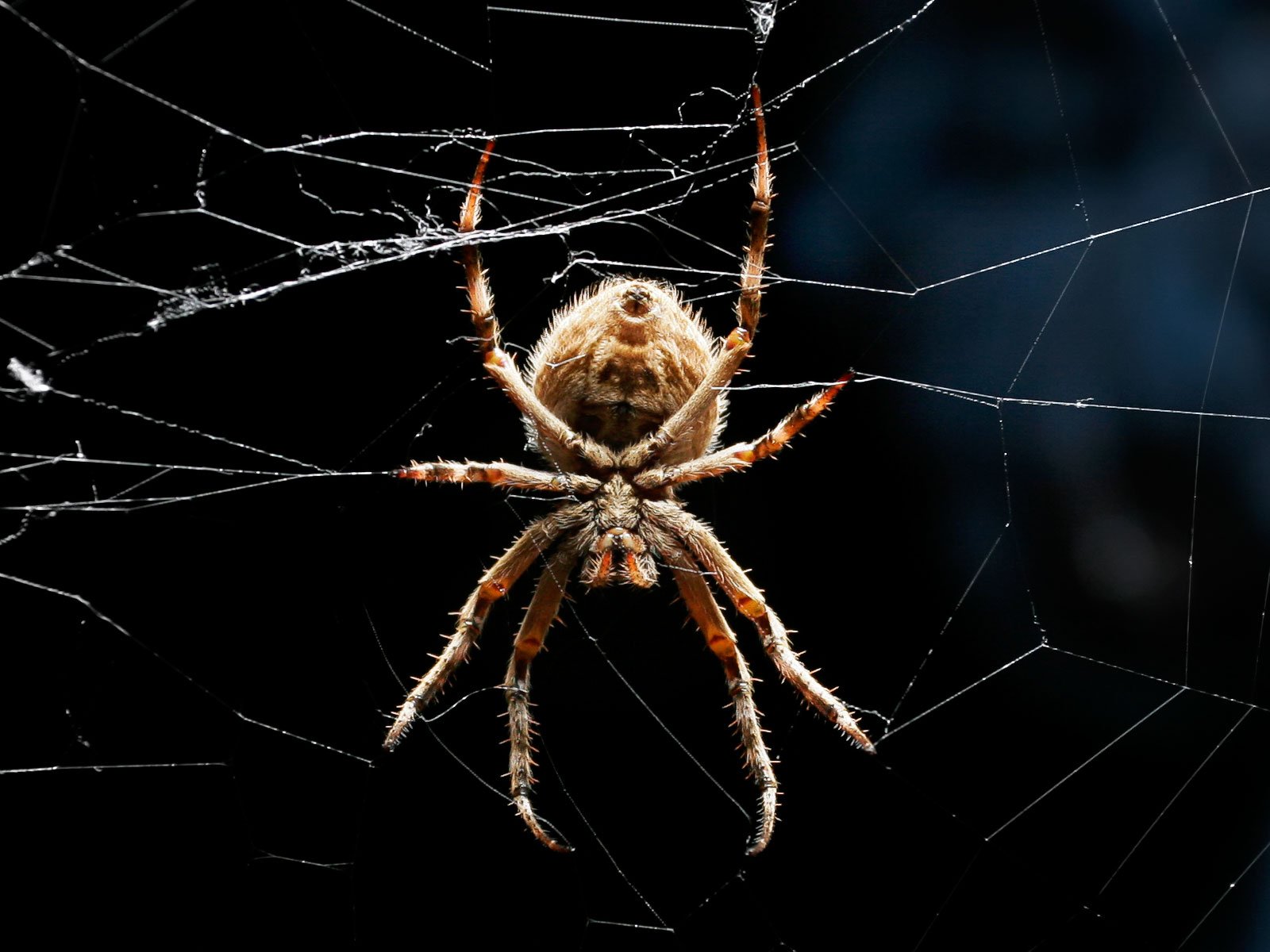
Many orb-weaving spider species also indulge in sexual cannibalism. Females are often much larger and dominate their smaller mates. Males may risk everything to approach, sometimes escaping, but frequently falling victim. The females’ voracious appetite is thought to provide the necessary nutrients for producing large egg sacs. In some cases, males try to avoid becoming food by offering a “nuptial gift”—a wrapped insect to distract the female. Sometimes it works, but often, evolution tips the scales toward the female’s hunger.
Jumping Spiders: The Nuptial Dance

Not all mate-eating insects rely on brute strength or surprise. Some jumping spider species have developed elaborate courtship dances. Males must impress females with their moves, but even a winning performance doesn’t guarantee safety. If the female is hungry or unimpressed, she may attack and eat him instead. This dance is a high-stakes gamble, where only the fittest and most charismatic males get to pass on their genes.
Fishing Spiders: Risk and Reward
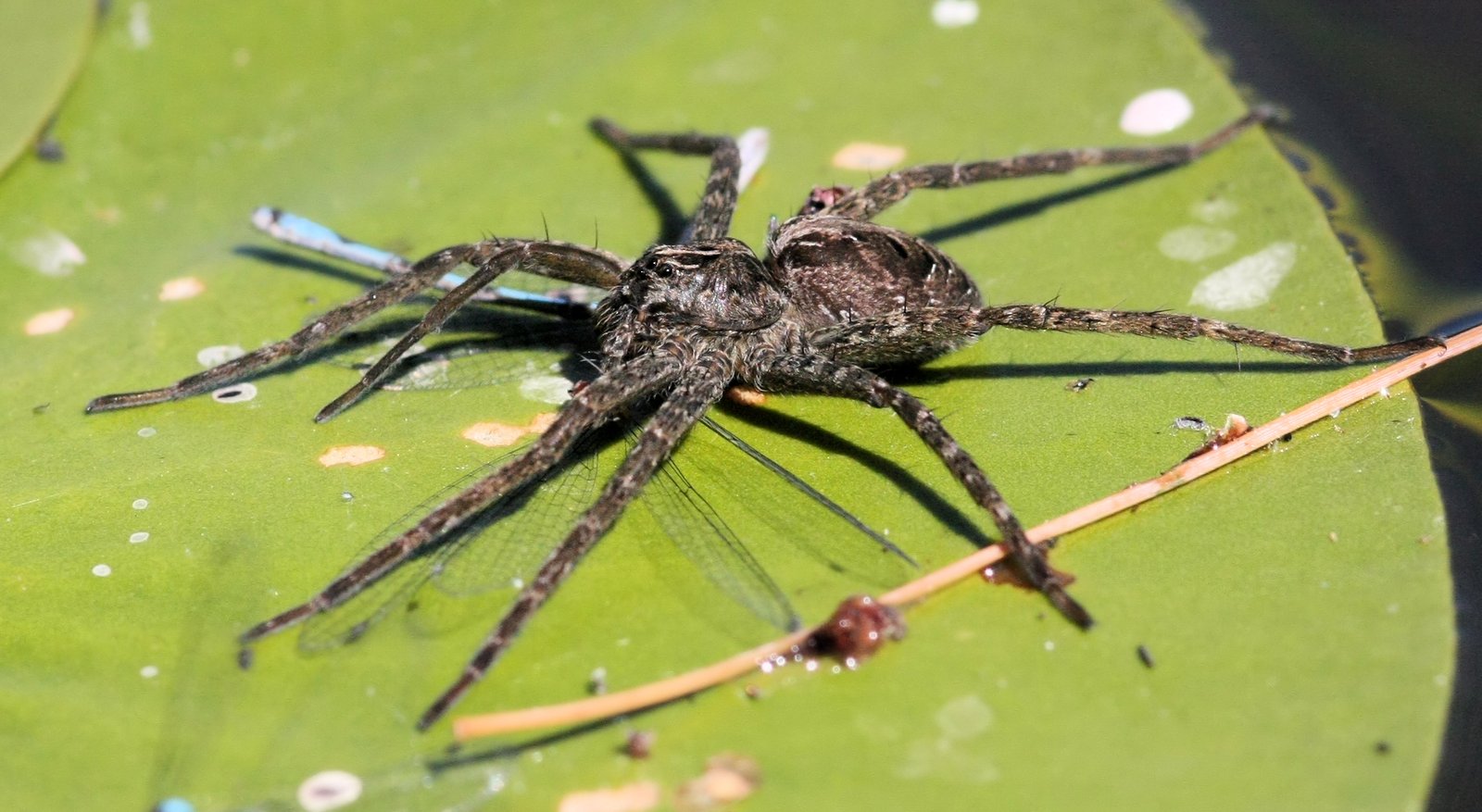
Fishing spiders, often found near water, are another group where sexual cannibalism is common. Males are tiny compared to their robust female counterparts. They thread across the water’s surface to reach potential mates, knowing the risk. Cannibalism may occur before, during, or after mating. Scientists suggest that this behavior ensures only the most resourceful, daring males get to reproduce, strengthening the species over time.
Nursery Web Spiders: The Power of Gifts
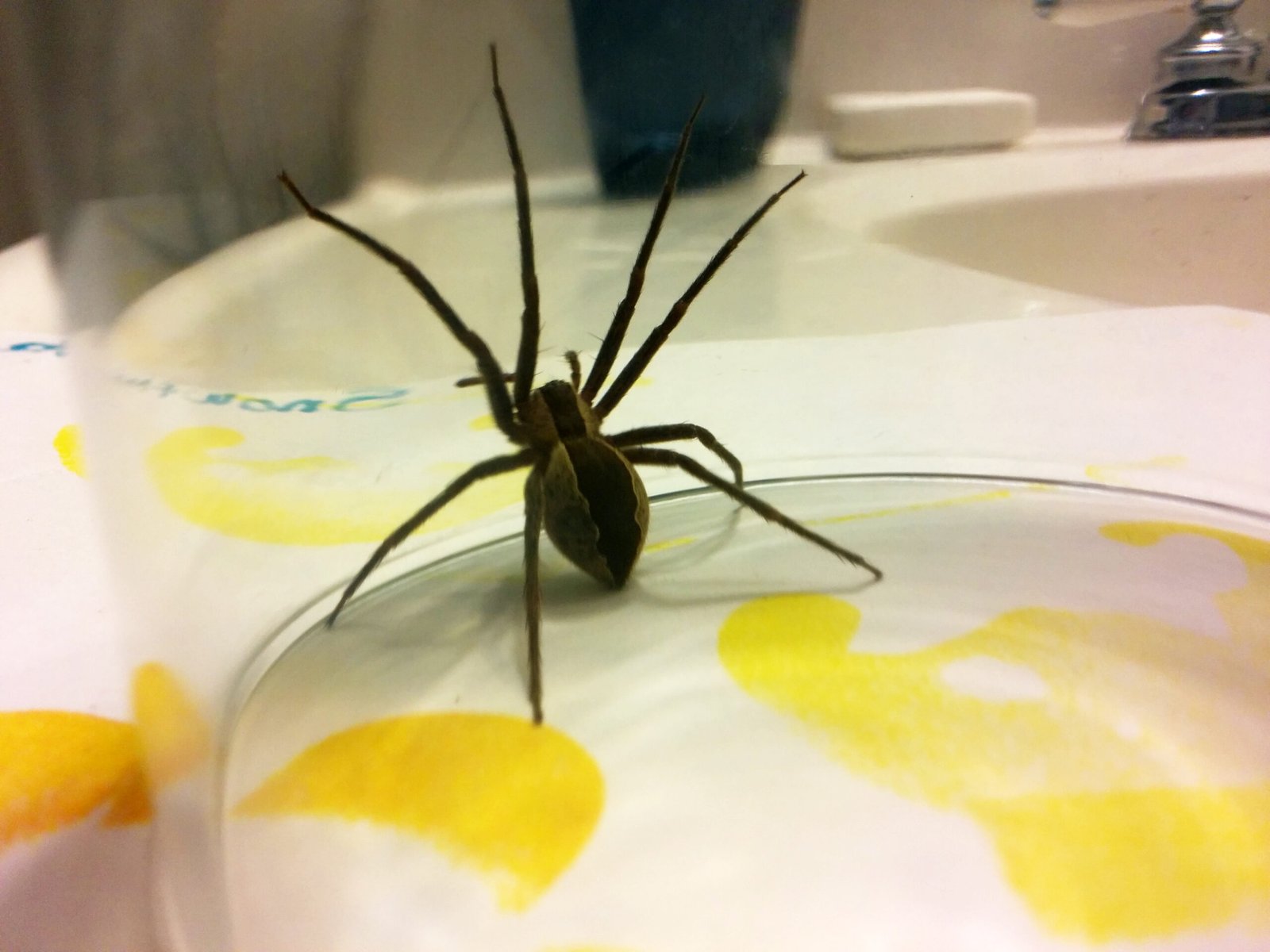
Nursery web spider males have developed an innovative strategy to avoid being eaten: gift-giving. Before mating, the male presents the female with a wrapped insect. As she unwraps her treat, the male attempts to mate. If the gift is accepted and the female is distracted, he may escape unharmed. However, if the gift is inadequate or the female is especially ravenous, she may eat both the gift and the giver. Evolution here pushes males to become better providers—and risk-takers.
Scorpions: Rare but Ruthless
While not as common as in spiders, sexual cannibalism occurs in some scorpion species. After a ritualized dance, the female sometimes turns on her partner. The act is brutal but rare, usually happening only when food is scarce. For scorpions, cannibalism is less about reproductive advantage and more about survival in tough environments. Still, the evolutionary lesson is clear: in harsh conditions, every meal counts—even if it’s your mate.
Water Bugs: Parental Investment Gone Wild

Some giant water bugs display a different twist on mate-eating. Females lay eggs on the backs of males, who then guard them. In rare cases, if females are especially hungry, they attack and eat their mates after egg-laying. This behavior may seem counterproductive, but in environments with fierce competition, the female’s survival and future reproductive potential can outweigh the loss of one mate.
Crickets: Cannibalism in the Shadows

Crickets aren’t usually associated with sexual cannibalism, but in stressful situations—such as overcrowding or food scarcity—female crickets have been known to attack and consume their mates. This is less a regular evolutionary strategy and more a desperate bid for nutrients. It’s a reminder that nature often blurs the lines between survival and reproduction.
Wolf Spiders: The Ultimate Test

Wolf spider females are notorious for their aggression toward suitors. Males perform cautious courtship rituals, but if the female isn’t impressed, she may attack. Some research suggests females use mate-eating to select only the strongest males, ensuring robust offspring. For the males, it’s a high-risk, high-reward scenario—those who succeed leave a strong genetic legacy.
Grasshoppers: Occasional Cannibals

Though rare, sexual cannibalism can occur among some grasshopper species, particularly when food is scarce. Female grasshoppers, who need significant energy for egg production, may turn on a mate if resources are low. This isn’t the norm, but it demonstrates how flexible and ruthless evolution can be when survival is on the line.
Fireflies: The Glow of Deception
Some female fireflies, notably in the genus Photuris, lure males of other species with fake flashes. When the unsuspecting male arrives, expecting romance, the female eats him instead. While not strictly sexual cannibalism, this predatory trick blurs the line between mating and feeding, showing how evolution can turn love into a deadly trap.
Ants: Queens and Sacrifice
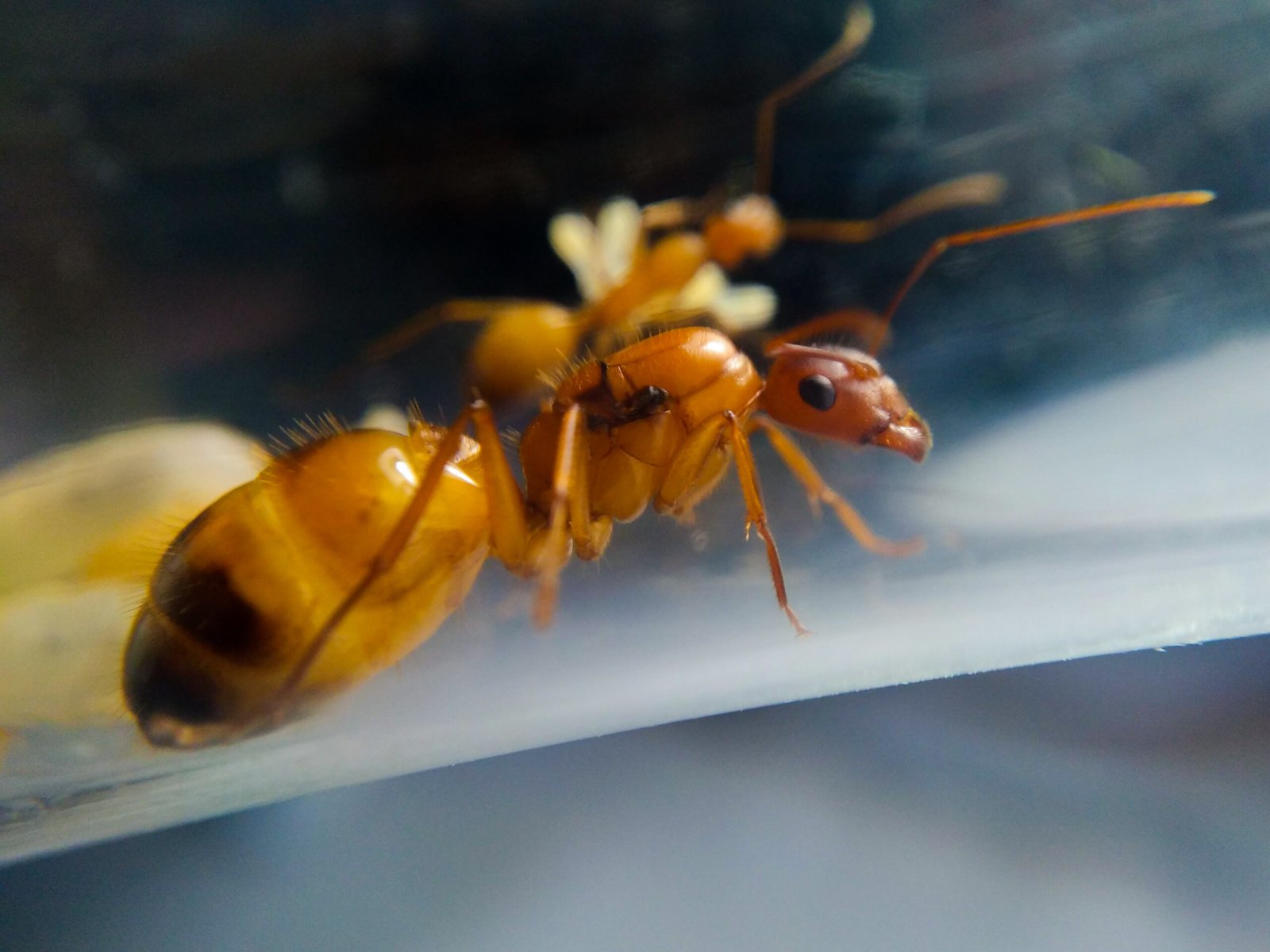
In certain ant species, queens may eat males after mating, especially if nutrients are needed to start a new colony. This behavior ensures the queen is well-fed and ready to lay thousands of eggs. For the males, the ultimate sacrifice means their genes become the foundation of a thriving colony. Evolution, it seems, rewards the boldest players in the game.
Honeybees: Love That Tears Apart

While honeybees don’t eat their mates, their mating ritual is equally brutal. After mating, the male drone’s reproductive organs are torn from his body, and he dies soon after. The queen moves on, storing his sperm for future generations. This one-time act of self-sacrifice is a different kind of evolutionary strategy, showing that reproductive success sometimes demands the ultimate price.
Why Sexual Cannibalism Evolves
Why would evolution favor such grim behaviors? The answer lies in survival and reproductive success. For females, eating a mate provides vital nutrients that can mean the difference between weak and healthy offspring. For males, the risk of being eaten may be outweighed by the chance to pass on their genes—especially if being consumed increases paternity odds or deters the female from mating again. Evolution is not sentimental; it rewards what works, even if it shocks us.
The Role of Hunger and Environment

Sexual cannibalism is not only about reproduction; it’s often driven by hunger and environmental factors. In times of food scarcity, females are more likely to eat their mates. In nutrient-poor habitats, this behavior becomes a survival tactic, ensuring the female has enough resources to produce viable eggs. The environment shapes these behaviors, pushing insects to make ruthless choices for the sake of future generations.
Male Counter-Strategies: Not Going Down Without a Fight
Males aren’t just passive victims. Over time, many have evolved clever strategies to avoid becoming prey. Some escape quickly after mating, others distract females with gifts, and a few even choose smaller, less aggressive mates. These behaviors show the ongoing evolutionary arms race between the sexes—a dance of risk, reward, and survival.
Lessons from the Insect World
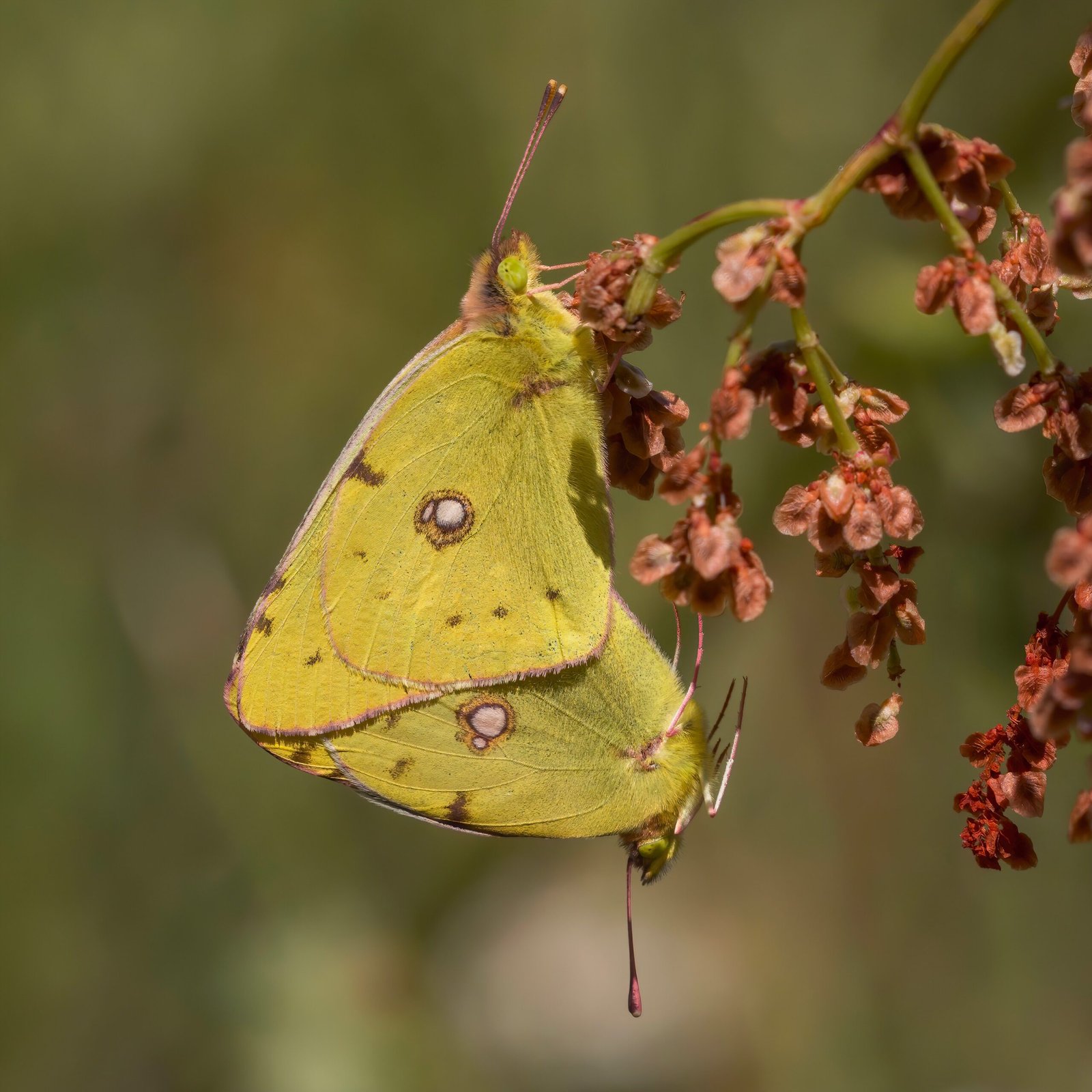
The world of mate-eating insects might seem alien, but it holds important lessons about evolution, adaptation, and the lengths creatures will go to ensure their legacy. Nature doesn’t play fair or follow our moral codes. It’s a never-ending experiment in what works, and sometimes, what works best is also what shocks us most.


